What Is a Needle Nose Plier?
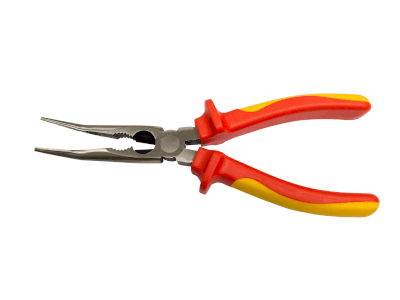 A needle nose plier is a basic tool used in various fields, ranging from personal DIY projects to general business applications. While needle nose pliers have less gripping power than standard pliers or combination pliers, they are particularly useful in tight spaces. Their diverse tip shapes allow for selecting a tool that best suits specific needs.
A needle nose plier is a basic tool used in various fields, ranging from personal DIY projects to general business applications. While needle nose pliers have less gripping power than standard pliers or combination pliers, they are particularly useful in tight spaces. Their diverse tip shapes allow for selecting a tool that best suits specific needs.
There is a wide range of needle nose pliers available, from relatively inexpensive to high-end products, enabling users to choose the best fit for their requirements.
Uses of Needle Nose Pliers
Needle nose pliers feature long, slender tips with finely grooved cuts to grip objects securely. They are commonly used in heavy-duty tasks such as assembly and maintenance of industrial products, as well as for personal tasks like carpentry.
Typical applications include handling objects in narrow spaces, working with thin metal wires, and installing or removing small parts. Some needle nose pliers have a curved tip, which facilitates processing or gripping objects perpendicular to the insertion direction.
Principles of Needle Nose Pliers
The main advantage of needle nose pliers lies in their ability to manipulate small parts and process various types of wire, thanks to their long and narrow tips. Unlike radio pliers, they do not have a wire-cutting blade near the fulcrum, allowing for unobstructed gripping and precision. The finely engraved grooves at the tip ensure a firm grip, enabling the user to pull, push, turn, and pry objects effectively.
It is important to avoid twisting the tip like standard pliers or agitating it at the fulcrum, as this may deform the tip and impair its effectiveness. Also, leaving moisture on the fulcrum can cause rust and deterioration in movement. After use, cleaning with a parts cleaner and subsequent oiling or maintenance is recommended.
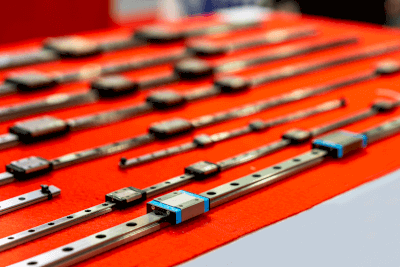 A linear guide is a mechanical component that facilitates linear motion.
A linear guide is a mechanical component that facilitates linear motion.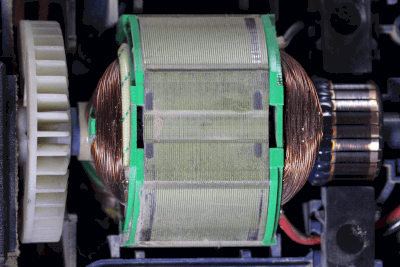
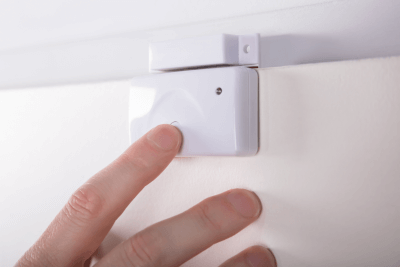
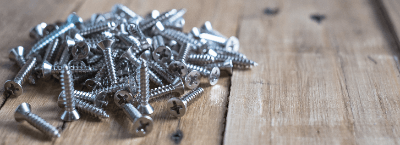 An inch screw is a type of screw with dimensions standardized in inches.
An inch screw is a type of screw with dimensions standardized in inches.